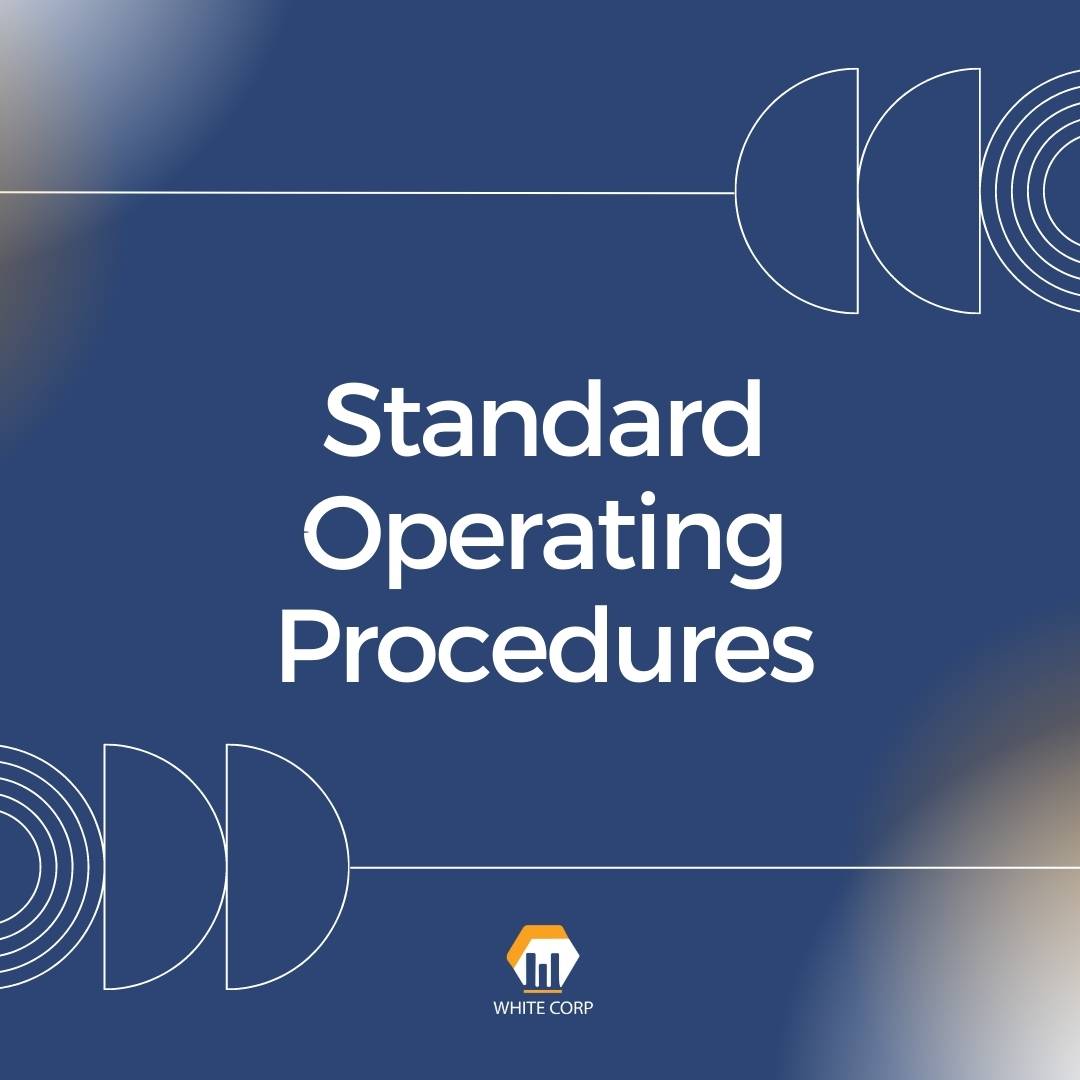Written Standard operating procedures (SOP) are step-by-step instructions that describe how to carry out a routine activity
The Standard operating procedure (SOP)
helps maintain safety and efficiency for departments such as
§ Production / Operations
§ Sales and Customer Service
§ Employee training
§ Legal matters
§ Financial issues

Standard operating procedures should not be difficult to read or vague wording
It should be brief, easy to understand, and contain simple action steps.
And it should be updated every year to ensure that it remains relevant to the current needs of the organization.
Features of standard operating procedures
- Increase operational efficiency and thus increase profitability
- Consistency and reliability in production and service
- Avoid making major and fundamental mistakes
- Ensures obtaining products with specifications commensurate with consumers
- Its application leads to the creation of a healthy and safe environment in the workplace
Here are some of the reasons why your business needs standard operating procedures:
- Save time and money
Having them streamlines the process so employees can get more done in less time.
- Provide consistency
Its presence ensures that no matter who works for it, business operations are
completed in the right manner.
- Improved Communication
Make your employees' jobs easier because they no longer need to guess how to perform their tasks.
- Allows you to hold your employees accountable
Without them, employee evaluations become a matter of personal opinion, which is unfair to employees.
- Create a safer work environment
Standard Operating Procedures ensure that employees perform their job duties in a safe and consistent manner.

Here are five steps to follow when creating your standard operating procedure:
- Develop your business process list
You can review the task list with the managers and look for any increases or decreases.
This list will serve as a starting point for creating your own Standard Operating Procedures (SOP).
- Plan the operation
You can choose between a step-by-step guide or a workflow diagram.
From there you can create your own Standard Operating Procedure (SOP) template for employees.
- Talk to the staff
Talking to your employees makes you fully understand the process because you are talking to the people who actually go through it on a daily basis.
- Write a process review
After you have spoken with your employees, add your feedback to the form and from there you can review your operating procedures with managers.
The person responsible for supervising and maintaining standard operating procedures must also be identified.
- process control
You must maintain and update your Standard Operating Procedures at least once a year to keep them relevant and useful.
.png)
